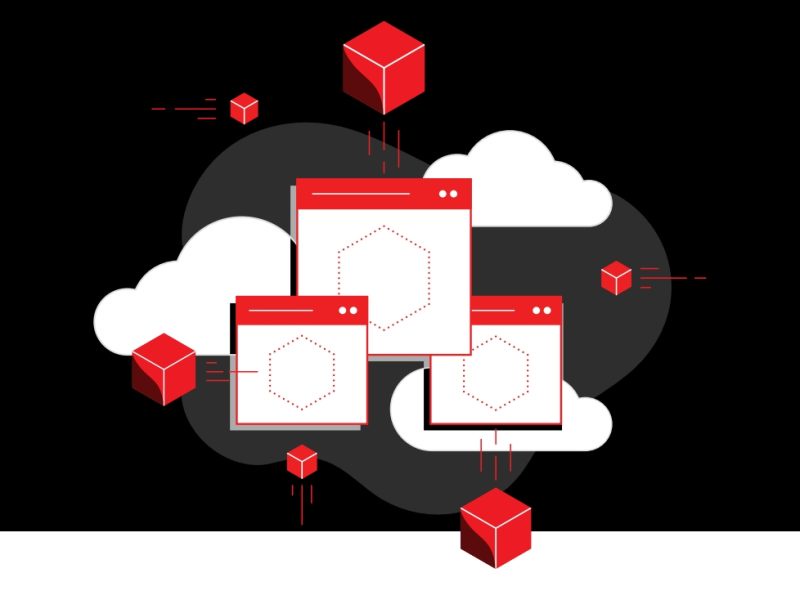It's the time of the year when we wish we had a crystal ball to look into how the future will unfold in 2024. The world was captivated by discussions about artificial intelligence (AI), ChatGPT, and the myriad of technological advances in 2023. These should not be seen as challenges but opportunities to unlock the full spectrum of possibilities that emerging technologies can bring.
What's in it for open source in 2024 and how can enterprises prepare for what's next?I see three key trends that can have a significant impact on the APAC region next year:
1 Looking beyond the clouds
In the past, organizations have found it challenging to extract value from unstructured data. Advances in data analytics and most recently, generative AI's (gen AI) ability to ingest and analyze unstructured data, have enabled businesses to use more of their data. This has also consequently led to increased data demands, where storing and processing all this data in the cloud may no longer be the most efficient option.
Businesses can gain an "edge" by integrating edge computing with their current cloud strategy, managing budgets and workloads more efficiently. Edge computing will continue to advance in Asia Pacific and is predicted to grow from $43.7 billion in 2023 to $81 billion by 2027[1].
In the new year, we will most likely see enterprises continue to find ways to optimize cost and operational efficiency, for example, in the form of serverless computing. Open source solutions can also enable these businesses to tailor their infrastructure to align with their needs, achieving higher levels of customization and control at scale.
2 Pace of innovation continues to be ramped up by AI
I believe AI will continue to be a priority for enterprises in 2024 as it changes nearly every industry and impacts society in ways we are just beginning to understand. While this will spark innovation in new tools beyond foundation models, it is open source that can support the surge in gen AI-powered applications, enabling business leaders to address the pace and scale of change with confidence.
2023 saw the largest increase in first-time open source contributors on GitHub[2], with developer communities in Asia-Pacific driving considerable growth. For example, economic hubs like India are leading the region with more than 13.2 million developers, seeing a year-on-year growth of more than 30%. Just halfway through the year, there were already more than twice as many generative AI projects compared to 2022.
But as we look to AI to solve our greatest challenges and reduce workplace inefficiencies, organizations need to ensure that AI is inclusive in access, skills, and knowledge. Business leaders need to model by example and steer the organization towards future-ready ways of working in order to adapt and thrive.
3 Security continues to be a priority
ChatGPT brought gen AI to the forefront of mainstream consciousness, changing the way people think about AI, and using it to improve business workflows and resource efficiency amid economic uncertainty.
But how you use these technologies is of concern too. According to the Red Hat 2023 Global Tech Outlook report, IT leaders have expressed that security remains a top funding priority. As data becomes more and more accessible in today's information age, privacy and security rise in significance. Similar to the open source community, we can expect to see increased scrutiny of software and components used. For example, in the form of more robust analysis tools and automated security testing to identify any vulnerabilities early in the development process. This paradigm shift could potentially affect the way developers work, placing greater emphasis on making security a core consideration in certain design decisions.
I expect the continued focus on security will also change how organizations manage their data. To derive the most effective insights from their data, organizations must ensure their data is accurate and timely. We will see more organizations place greater attention on data provenance, where they have an overview of the origin, integrity, and authenticity of their data.
[1] Source: https://www.idc.com/getdoc.jsp?containerId=prAP51260523
[2] Source: https://github.blog/2023-11-08-the-state-of-open-source-and-ai/
Source: FAQ
